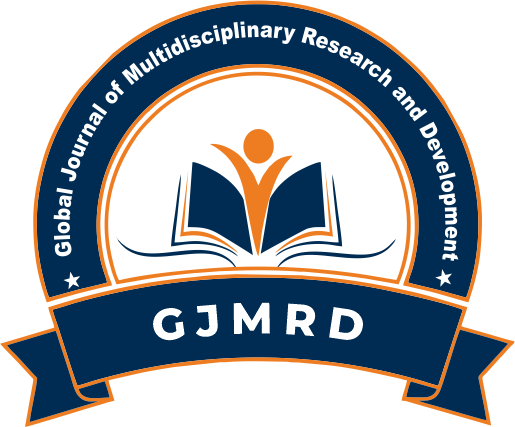Fostering Interdisciplinary Collaborations to Address Complex Challenges in Science, Technology, Humanities, and Social Sciences
Keywords:
Interdisciplinary Collaboration, Multidisciplinary Research, Science and Technology, Humanities and Social Sciences, Innovation, Sustainable DevelopmentAbstract
Interdisciplinary collaboration has emerged as a critical approach to addressing complex global challenges spanning science, technology, humanities, and social sciences. This framework promotes the integration of diverse disciplines to create innovative solutions that transcend traditional boundaries. The objective is to bridge knowledge gaps, enhance research methodologies, and apply combined expertise to solve multifaceted issues such as climate change, technological innovation, socio-economic disparities, and cultural integration. This paper explores the importance of fostering such collaborations, the strategies to enhance interdisciplinary practices, and their implications for global progress and sustainable development.
References
Klein, J. T. (2010). Interdisciplinarity: History, Theory, and Practice. Detroit: Wayne State University Press.
Frodeman, R. (2017). The Oxford Handbook of Interdisciplinarity. Oxford: Oxford University Press.
Brewer, G. D., & Stern, P. C. (2005). Decision Making for the Environment: Social and Behavioral Science Research Priorities. Washington, DC: National Academies Press.
Newell, W. H. (2001). "A Theory of Interdisciplinary Studies." Issues in Integrative Studies, 19, 1-25.
Rhoten, D., & Parker, A. (2004). "Risks and Rewards of an Interdisciplinary Research Path." Science, 306(5704), 2046-2047.
National Research Council. (2015). Enhancing the Effectiveness of Team Science. Washington, DC: The National Academies Press.


